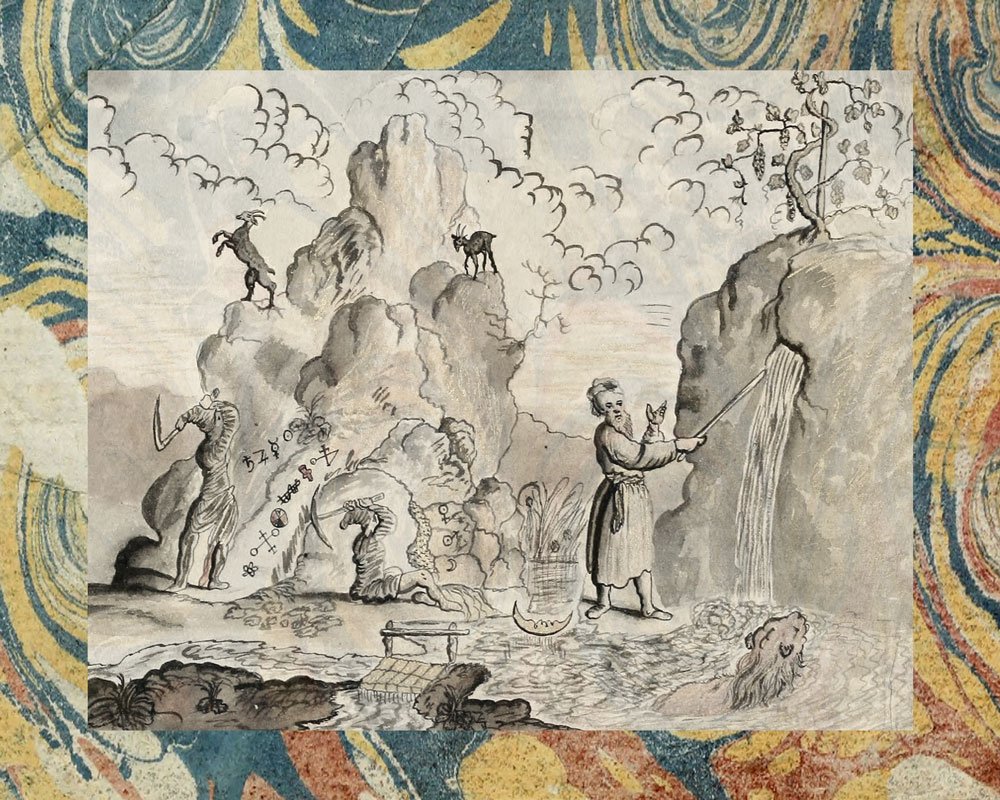Report No. 1
The question is the problem.
There were four subjects in school that I barely passed: physics, structures, chemistry, and calculus. I have said over and over again (even in my adult life, since I come across physics and structures every once in a while as an architect) that “my brain just doesn’t work that way.” Simultaneously, whenever the subject(s) comes up, I let out an impassioned cry of “I hate physics!” because my brain simply cannot comprehend.
While I don’t actually condone hating the things we don’t understand, the sentiment is rooted in frustration. What I really “hate” is my inability to understand and the desire for clarity.
But beyond that, I have found what I am more passionate about than clarity is truth. What even is “the truth”? Can I even define what that is? Which is ironic and seemingly opposite of my simultaneous desire for clarity.
But after reading an article in the latest (and final) publication of Scenario Magazine, author Conor Purcell points out that there are two unresolved theories in physics and that “the two theories- general relativity and quantum mechanics- are in conflict. Their very existence generates a paradox, which means that physics is, in a sense, in disarray. While quantum mechanics deals with reality in discrete, granular fashion, relativity tells us that space-time, and therefore gravity, is continuous: that is, non-discrete.” He further asks “Shouldn’t the Universe operate using one overarching set of instructions, with a kind of elegance, rather than two incompatibles?”
Before crossing the bridge into the discussion of general relativity and quantum mechanics, Purcell spelled out that the basis of our current reality, or what we experience as humans in this physical 3-dimensional plane, is explained through the lens of gravity.
Two things became clear to me in that moment: (1) The common denominator between the four subjects that eluded me my entire life are founded in the ideas of Newton’s version of physics (gravity) and (2) that I felt like I’ve been lied to and that everything that I thought I knew (about physics) was a hoax.
I’m not here to say the earth isn’t round. Gravity is most definitely a thing, but what’s changed is that I’m now understanding that gravity is an incomplete picture of how the world actually functions.
Our school systems in America only teach Newtonian Physics because it’s the only thing we know “works.” This realization came as a mind-blowing revelation to me because I have always thought the common denominator (and problem) was me. I always assumed these other branches of physics were “more advanced” and not taught at High School level, perhaps because they are, but more importantly, because they are just not understood.
The “reality” is— new theories like that of quantum physics and general relativity break our reality. And that’s scary for some people.
We’ve all heard of quantum physics, at the very least by watching Marvel’s Ant-Man, but how many of us actually know what that means outside the fact that he can shrink to the size of an ant? I always thought that all these other branches of physics played nicely with Newton’s theory of gravity, albeit, unsolved; that they were founded in the same understandings— not parallel to them.
So perhaps the actual problem is the exact question that Purcell presents in his article. What if there is no ONE universal set of instructions by which the world works? What if there are many? And I suppose that’s why my own definition of “the truth” eludes me, too. Perhaps there is only my truth and your truth and they can both exist and conflict and both be entirely real.
And while I’m not claiming to be Einstein, perhaps I would have understood an education in the theory of relativity more than the foundations of Newtonian physics because maybe my brain just works that way. While this could easily become a bash on how our school system picks and chooses what is deemed valuable to young impressionable minds (we’ll save that for another day), it just goes to show that what we know and assume (and what is sold to us as truth) is just a fraction of our reality. We really don’t know what we don’t know.
Last year I received a healing from Lyn Pacificer, a Katuuran, a filipino spiritual counselor and truth teller, and she told me I was an alchemist in a past life. Alchemy is the historical the root of chemistry, but is founded in philosophy, astronomy, and religion— not Newtonian physics. It was not purely empirical, but also spiritual. She also told me that I was an architect in many other lifetimes, in many different countries, working on many different spiritual spaces (ie. temples, cathedrals, etc).
And it all seems to make sense, that it would lead me here to working on The Thiiirds. Here, I examine my own Theory of Everything– that everything is founded in design— and that the Universe is literally designed so that there are forces that we see, like Newton’s gravity dropping an apple from a tree, and things we can’t, like the proposed space-time continuum. But all are valid, all exist, and all are impacting us whether we know it or not.





